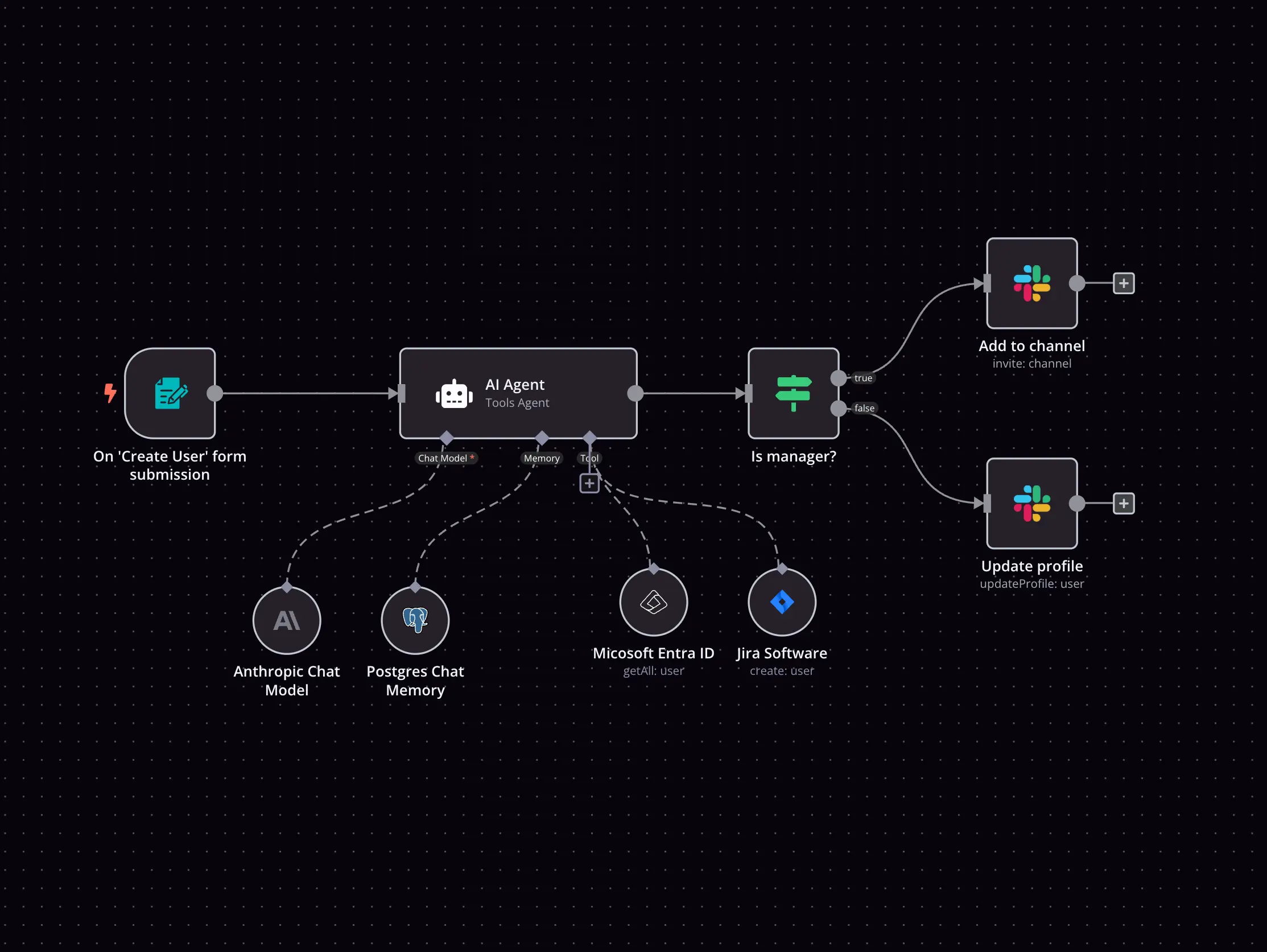Pinata and SiteSpeakAI integration




How to connect Pinata and SiteSpeakAI
Create a new workflow and add the first step
In n8n, click the "Add workflow" button in the Workflows tab to create a new workflow. Add the starting point – a trigger on when your workflow should run: an app event, a schedule, a webhook call, another workflow, an AI chat, or a manual trigger. Sometimes, the HTTP Request node might already serve as your starting point.
Build your own Pinata and SiteSpeakAI integration
Create custom Pinata and SiteSpeakAI workflows by choosing triggers and actions. Nodes come with global operations and settings, as well as app-specific parameters that can be configured. You can also use the HTTP Request node to query data from any app or service with a REST API.
Supported API Endpoints for Pinata
Create file
Uploads a file to IPFS using the pinFileToIPFS method.
Pin file to IPFS
Pins a file to IPFS.
Pin JSON
Pins JSON data to IPFS.
List files
Retrieves a list of files pinned to IPFS.
Update file metadata
Updates metadata for a pinned file.
Delete file (unpin)
Removes a file from IPFS by unpinning it.
Retrieve file
Retrieve a file from IPFS using its CID.
Create group
Creates a new group for managing pins.
Get a group
Retrieves details for a specific group.
List groups
Retrieves a list of all groups.
Update group
Updates details for a specific group.
Add CIDs to group
Adds CIDs to an existing group.
Remove CIDs from a group
Removes CIDs from a specified group.
Delete group
Deletes a specified group.
Pin by CID
Pins a file using its CID.
List pin by CID jobs
Retrieves a list of jobs related to pinning by CID.
Add signature to CID
Attaches a signature to a specified CID.
To set up Pinata integration, add the HTTP Request node to your workflow canvas and authenticate it using a generic authentication method. The HTTP Request node makes custom API calls to Pinata to query the data you need using the API endpoint URLs you provide.
These API endpoints were generated using n8n
n8n AI workflow transforms web scraping into an intelligent, AI-powered knowledge extraction system that uses vector embeddings to semantically analyze, chunk, store, and retrieve the most relevant API documentation from web pages. Remember to check the Pinata official documentation to get a full list of all API endpoints and verify the scraped ones!
Supported API Endpoints for SiteSpeakAI
Retrieve settings
Returns the settings for the chatbot.
Get conversation history
Returns the conversations your visitors has had with your chatbot.
Send query to chatbot
Queries your chatbot and returns the answer and URLs used to find the answer.
Retrieve user account details
Retrieves your user account details and validates that your token is active.
Retrieve all chatbots
Retrieves a list of all chatbots in your account.
To set up SiteSpeakAI integration, add the HTTP Request node to your workflow canvas and authenticate it using a generic authentication method. The HTTP Request node makes custom API calls to SiteSpeakAI to query the data you need using the API endpoint URLs you provide.
These API endpoints were generated using n8n
n8n AI workflow transforms web scraping into an intelligent, AI-powered knowledge extraction system that uses vector embeddings to semantically analyze, chunk, store, and retrieve the most relevant API documentation from web pages. Remember to check the SiteSpeakAI official documentation to get a full list of all API endpoints and verify the scraped ones!
Pinata and SiteSpeakAI integration details
Advanced AI
Give your team superpowers with AI tools like chatbots and assistants using any LLM, and create automated workflows across your stack with 400+ integrations.
Learn more
Save engineering resources
Reduce time spent on customer integrations, engineer faster POCs, keep your customer-specific functionality separate from product all without having to code.
FAQ
Can Pinata connect with SiteSpeakAI?
Can I use Pinata’s API with n8n?
Can I use SiteSpeakAI’s API with n8n?
Is n8n secure for integrating Pinata and SiteSpeakAI?
How to get started with Pinata and SiteSpeakAI integration in n8n.io?
Looking to integrate Pinata and SiteSpeakAI in your company?
The world's most popular workflow automation platform for technical teams including
Why use n8n to integrate Pinata with SiteSpeakAI
Build complex workflows, really fast
